The restoration efforts of the British Film Institute bring to India the screening of a film, accompanied by a live performance of a score by Anoushka Shankar, that’s a homage to the Taj and to the love of cinema
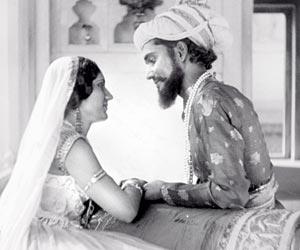
Selima (Enakshi Rama Rao), later Mumtaz Mahal, and Khurram (Charu Roy), later Shah Jahan, in Shiraz
Whether the Taj Mahal was once a Hindu palace full of treasures that the Mughals appropriated for themselves or whether the Emperor Shah Jahan ruthlessly mutilated the skilled fingers of the artisans who wrought the marble mausoleum for his wife, Mumtaz Mahal, it is only fitting that one of the most beautiful structures in the world should stir up a controversy or two. Among the legends that this monument inspired, there is one on celluloid as well, made in 1928.
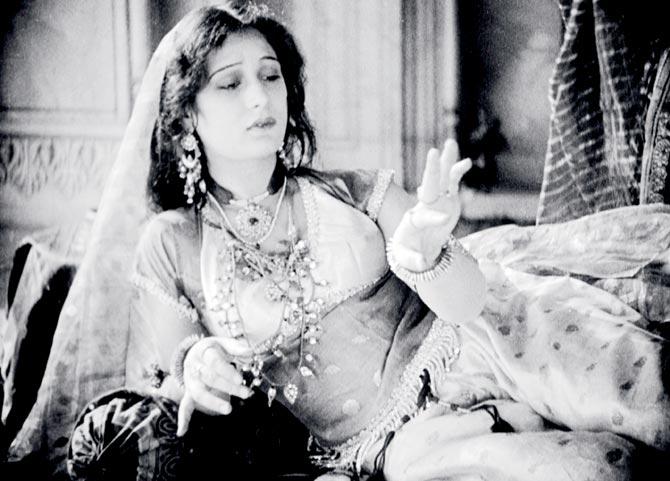
Seeta Davi as the conniving Dalia
ADVERTISEMENT
Shiraz: A Romance of India is a stormy love story, but a far cry from the belligerent hullabaloo that the Taj is engulfed in today. In November, Indian audiences will be able to savour Shiraz on the big screen once more, thanks to the restoration efforts of the British Film Institute (BFI) and the support of the British Council. If a little bit of fact and a little bit of fable make for a better story than the stark truth, then such is the case with Shiraz. Robin Baker, head curator of the BFI National Archive, says, "It is not propounded as history. While there is the real story of Mumtaz, the character of Shiraz is invented." The film uses to its advantage the question of who designed the Taj. As the designs of monuments, like this one, were usually ascribed to the patron rather than the architects, the film, adapted by William A. Burton and Niranjan Pal from a play by the latter, is able to resolve the question on a more sentimental note.
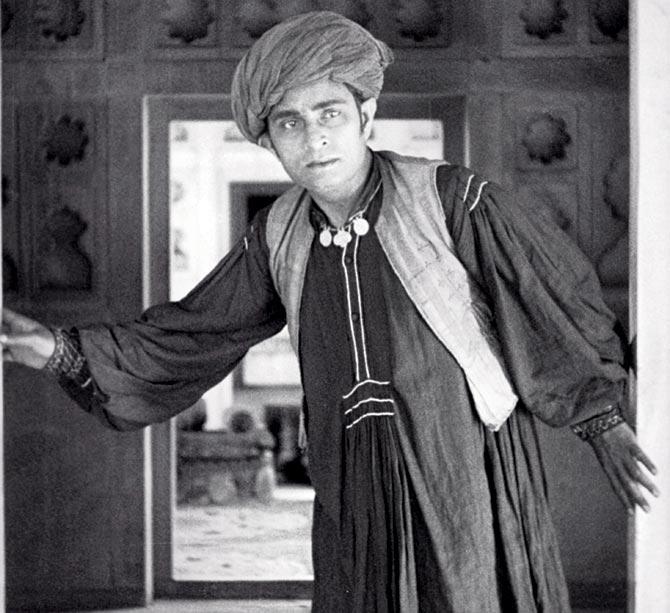
Himanshu Rai as the lovelorn Shiraz. Pics/BFI
A cosmopolitan film
In the film, Selima (Enakshi Rama Rao) and Shiraz (Himanshu Rai) are childhood sweethearts. Selima gets kidnapped and sold as a slave to the Mughal prince Khurram (Charu Roy). She wins the love and admiration of Khurram, who will earn the title of Shah Jahan, but an evil Dalia (Seeta Devi) is intent on separating them. Dalia plots a secret meeting between the lovelorn Shiraz and Selima, which invokes the wrath of Khurram. Dalia’s plans are eventually foiled. Selima marries Khurram, while Shiraz pines away for her. Selima is re-christened Mumtaz Mahal, and on her death, Shah Jahan builds her the Taj, based on a design by the aged and blind Shiraz.
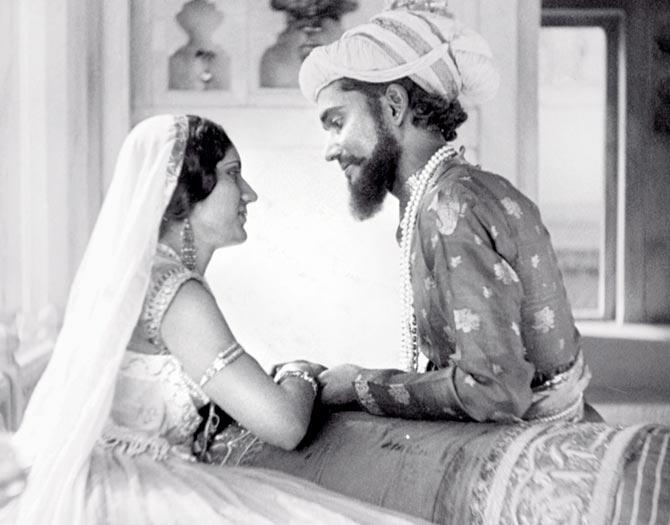
Selima (Enakshi Rama Rao), later Mumtaz Mahal, and Khurram (Charu Roy), later Shah Jahan, in Shiraz
One of the few surviving silent era films from India, Shiraz was a production of British Instructional Films (BIF) along with Himanshu Rai. Rai is widely renowned as one of the pioneers of Indian cinema, the man who went on to establish the reputed Bombay Talkies in 1934. "Pal and Rai worked on films together, such as Goddess and The Light of Asia. It was their ambition to tell Indian stories and stories with Indian elements, such as myth and culture, worldwide. Shiraz had the coming together of talent that was cosmopolitan — an Indian cast, a German director (Frank Osten) and British cameramen. This was the beginning of what was going to turn into Bombay Talkies, and the birth of modern Indian cinema," says Baker.
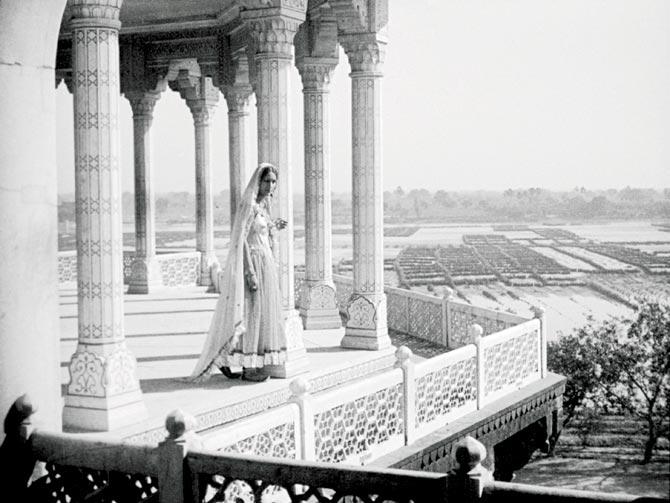
Shiraz was shot in locations in Agra, including the Taj Mahal
Negative appeal
The BFI has one of the most substantial collections of non-fiction silent films from India, 250 of which have been made available for public viewing online as part of their India on Film: 1899-1947 collection. The institute also has the original negative of Shiraz — the very piece of the film that was used in Agra, as Baker puts it — and also an original copy of the negative made in the 1950s. For the restoration process, which took them a year-and-a-half, Baker says they reached out to owners of Shiraz’s negatives across the world, only to learn that most of these were made from BFI’s 1950s copy. The process required a team of about eight to piece together segments from both the original negative and the copy, and bring forth a film that is cleaner, shiner and brighter. "The negative had begun to deteriorate in 1945 because of the material, which was prone to decomposition, and the climate of India. The worst things for negatives are heat and humidity," he says.

Robin Baker, head curator, BFI National Archive
Hot from restoration, Shiraz was screened for modern-day audiences first at the Barbican Centre in London in October this year. One of the most dramatic scenes in the film is when Shiraz is condemned to death under an elephant’s foot under Khurram’s orders. "When this scene came on screen, there was an audible gasp from the 2,000 people in the audience," says Baker. The screening was accompanied by sitarist Anoushka Shankar’s live score, a repeat of which will be in Mumbai on November 5, when Shiraz will be screened as part of the UK India Year of Culture 2017. At the heart of Shiraz is a love story shot in Agra that is sure to stir audiences. There are also a couple of kissing scenes, the kind that marks the golden age of sensuality in Indian cinema. "And then, there is the figure of Selima, a heroine who is empowered even though she is sold as a slave. She tells Khurram that he may have bought her but not her love. Theirs is a story that is not about love at first sight but rather about love earned," says Baker.
 Subscribe today by clicking the link and stay updated with the latest news!" Click here!
Subscribe today by clicking the link and stay updated with the latest news!" Click here!







